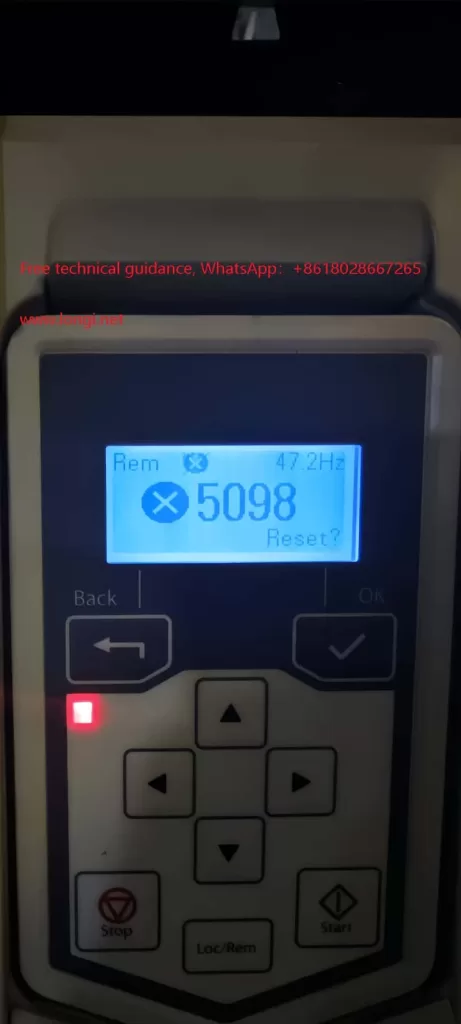I. Principle of Scanning Electron Microscope
1. Electron Optical System:
- Components: Electron gun, electromagnetic lens, scanning coils, and sample chamber.
- Function: The electron gun generates a high-energy electron beam, which is focused by the electromagnetic lens and raster-scanned across the sample surface.
2. Signal Detection and Processing:
- Interaction: Electron beam interacts with the sample to produce signals such as secondary electrons, backscattered electrons, and characteristic X-rays.
- Detection: These signals are received by detectors and converted into electrical signals.
- Imaging: The signals are amplified and displayed as images through the display system.
3. Vacuum System:
- Purpose: Ensures stability of the electron beam and prevents sample contamination.
- Components: Vacuum pump and vacuum column.
- Function: Generates and maintains high vacuum within the sample chamber.
II. Usage Method for Scanning Electron Microscope
- Startup Preparation:
- Check power supply, cooling water, vacuum pump, and other connections.
- Ensure a clean and dust-free working environment.
- Sample Preparation:
- Clean, cut, and coat the sample as required.
- Ensure a flat and contaminant-free sample surface.
- Sample Installation:
- Place the prepared sample on the sample holder.
- Install it in the SEM sample chamber.
- Vacuum Pumping:
- Use the vacuum pump to achieve the required vacuum level.
- Device Startup and Parameter Setting:
- Start the SEM device.
- Open the software interface.
- Set parameters such as accelerating voltage, magnification, and scanning speed.
- Focusing and Calibration:
- Adjust the objective and lens for focusing.
- Perform necessary calibration.
- Observation and Photography:
- Use software features to adjust image details and position.
- Observe and capture images.
- Data Analysis and Saving:
- Analyze images (e.g., measure dimensions, calculate areas).
- Save the results.
III. Common Faults and Repair Methods
- ** Flickering or Blurred Display/Image**:
- Causes: Low resolution, fast scanning speed, power issues, or loose connections.
- Solutions: Adjust resolution, slow down scanning speed, check power and connection cables.
- Device Failure to Start:
- Causes: Power control issues, blown fuse, faulty switching power supply.
- Solutions: Check power control, replace fuse, repair or replace switching power supply.
- Filament Failure to Turn On:
- Causes: Unrecognized high-voltage box, faulty switching power supply.
- Solutions: Check high-voltage box fiber and power input, repair or replace switching power supply.
- Unclear Image:
- Causes: Incorrect contrast settings, dirty sample surface, autofocus issues.
- Solutions: Adjust contrast, clean the sample, check and repair autofocus.
- Software Conflict or System Incompatibility:
- Causes: Incompatible operating system or software version conflict.
- Solutions: Update OS and software, or choose more compatible software.
IV. Precautions
- Maintain a clean, vibration-free, and electromagnetic interference-free environment.
- Ensure precise sample preparation.
- Set parameters reasonably based on sample properties and observation needs.
- Handle with care, follow operating procedures and safety requirements.
V. Brands and Models of SEMs Repaired by Longi Electromechanical Company
- Thermo Fisher Scientific (FEI):
- Helios G4 UX DualBeam
- Helios G4 CX DualBeam
- Apreo 2 SEM
- (Additional models listed…)
- JEOL:
- JSM-7900F
- JSM-7800F
- (Additional models listed…)
- Hitachi High-Tech:
- SU9000
- SU8700
- (Additional models listed…)
- Carl Zeiss:
- GeminiSEM 500
- GeminiSEM 300
- (Additional models listed…)
- Tescan:
- Mira3
- Mira4
- (Additional models listed…)
- Phenom-World (Thermo Fisher Scientific):
- Phenom Pharos
- Phenom ProX
- (Additional models listed…)
- COXEM:
- EM-30AX Plus
- CX-200Plus
- (Additional models listed…)
- Nanoscience Instruments:
- Apreo S
- Verios G4
- (Additional models listed…)
- Rigaku:
- nano3DX
- XtaLAB Synergy-R
- (Additional models listed…)
- Aspex Corporation:
- Explorer
- Personal SEM
- (Additional models listed…)
- Leica Microsystems:
- EM ACE600
- EM ACE900
- (Additional models listed…)
- Nikon:
- Eclipse LV150N
- Eclipse LV100ND
- Bruker:
- ContourGT
- Contour Elite
- JPK NanoWizar
VI. About Longi Electromechanical Company
With nearly 30 years of experience in SEM repair, Longi Electromechanical Company offers quick and efficient repairs for various instruments. Additionally, we recycle and sell used SEMs. Welcome to consult us for more information.


